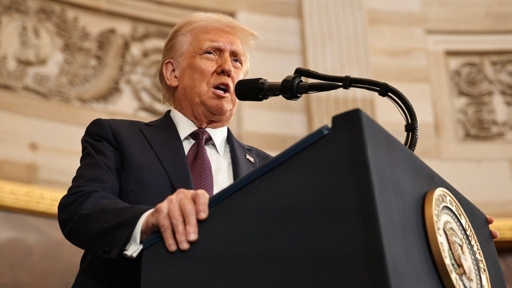- cross-posted to:
- [email protected]
- cross-posted to:
- [email protected]
Summary
Trump plans to impose tariffs of up to 100% on semiconductors manufactured in Taiwan, aiming to push U.S. tech companies like Apple, Nvidia, and AMD to produce chips domestically.
The tariffs target Taiwan’s TSMC, a key supplier, despite its partial U.S. production in Arizona.
Trump criticized Biden’s CHIPS Act for funding companies like Intel and proposed tariffs as an alternative incentive.
Experts warn the move could raise prices for electronics as most TSMC chips are assembled in Asia before export to the U.S.



What ends up happening in reality is that the tariff cost is effectively shared between the company selling and the customer (but not evenly). The company realizes that sales will plummet if the new price is $2, so they shave margin on their end to bring the price down to e.g. $1.75. But there’s obviously a lot of complexity behind exactly how much of the tariff cost is borne by the customer and the seller and it will vary by industry.